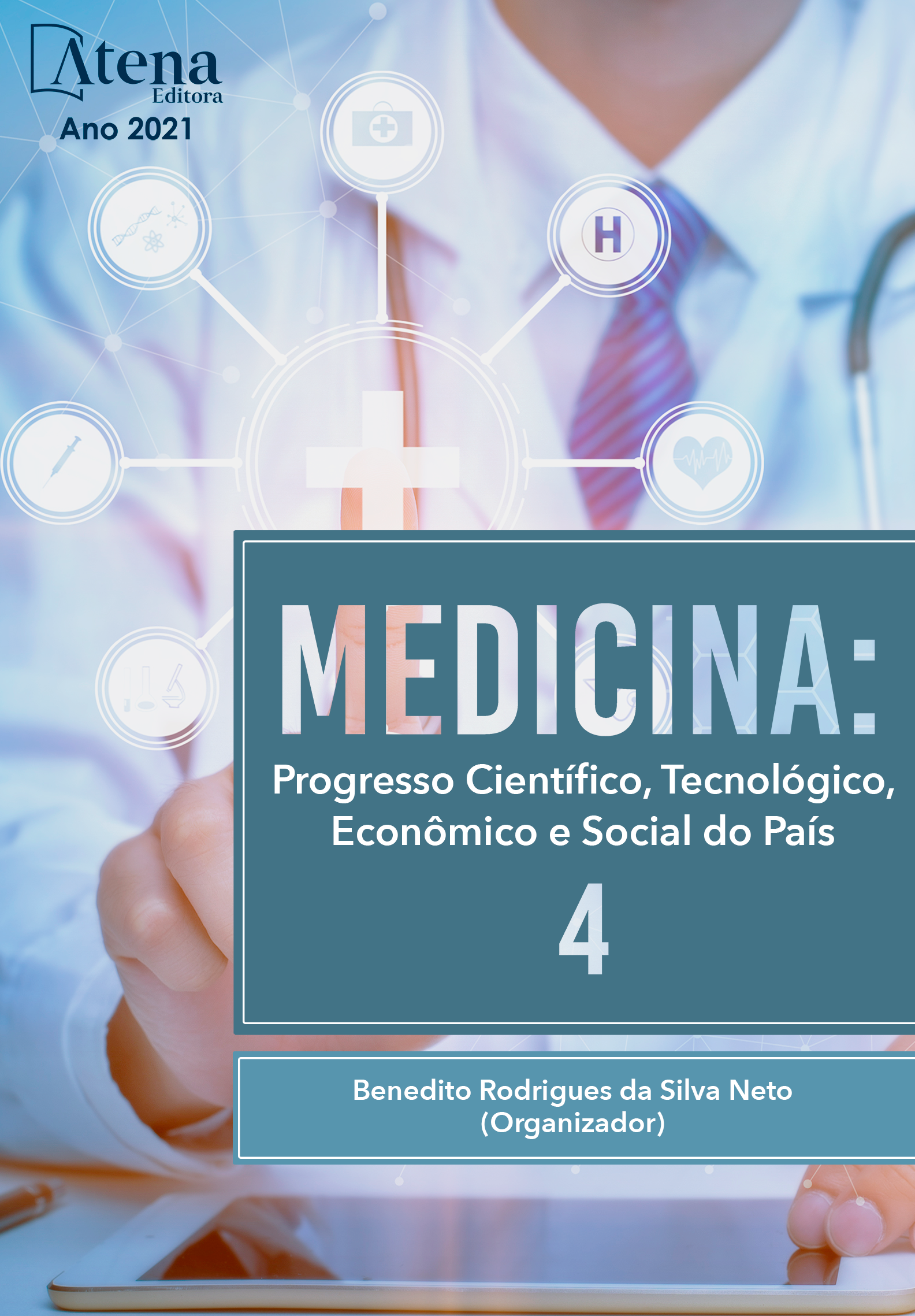
ATO SEXUAL COMO FATOR DE RISCO PARA INFECÇÃO DO TRATO URINÁRIO EM MULHERES: UMA REVISÃO INTEGRATIVA
Introdução: A Infecção do Trato Urinário (ITU) se refere à presença de patógenos microbianos no trato urinário, prevalente em diversos grupos, especialmente em mulheres sexualmente ativas. Objetivo: Analisar os fatores associados à alta suscetibilidade de ITU em mulheres sexualmente ativas. Método: Trata-se de uma revisão integrativa acerca do ato sexual como fator de risco para ITU em mulheres, baseado em artigos das plataformas PubMed, Bireme e Scielo, sendo a maioria publicados entre 2013 e 2021. Resultados: A estratégia de busca identificou 71 publicações. Após leitura, 32 registros foram selecionados, porém 17 artigos foram excluídos, visto que investigavam ITU em homens ou por outra etiologia além da sexual. Todos associaram a ato sexual como um fator de risco, sendo que 2 especificaram a relação desprotegida. Outro fator referente à cistite foi a utilização de contraceptivos como o gel espermicida, mencionado em 6 artigos, e o diafragma, apontado em 4. Por outro lado, 6 trabalhos associaram a micção pós-coito como prevenção da ocorrência de ITU, embora não tenham mostrado evidências científicas que comprovem. Discussão: Ao analisar os artigos selecionados foi consenso a relação sexual como fator de risco para ITU. Houve debate se o recurso protetivo escolhido para a ação, ou a falta deste, seria uma variante. Outra oposição foi observada no que concerne a bacteriúria pós-coito e seu papel na prevenção da patologia. Conclusões: Com a presente revisão, concluiu-se o coito como predisponente para a infecção do trato urinário, assim como a utilização de espermicida e diafragma. Entretanto, há necessidade de maiores estudos na área. A frequência do ato e o sexo desprotegido são exemplos ainda não passíveis de confirmação ou refutação para o risco de exposição à ITU. Espera-se contribuir para a reflexão quanto à relação do ato sexual com a ITU e recomenda-se novos estudos para endossar esses achados.
ATO SEXUAL COMO FATOR DE RISCO PARA INFECÇÃO DO TRATO URINÁRIO EM MULHERES: UMA REVISÃO INTEGRATIVA
-
DOI: 10.22533/at.ed.5932108075
-
Palavras-chave: Infecções Urinárias; Atividade Sexual; Mulheres; Bacteriúria.
-
Keywords: Urinary Infections; Sexual Activity; Women; Bacteriuria.
-
Abstract:
Introduction: Urinary Tract Infection (UTI) refers to the presence of microbial pathogens in the urinary tract, prevalent in various groups, especially in sexually active women. Objective: To analyze the factors associated with the high susceptibility of UTI in sexually active women. Methodology: This is an integrative review about the sexual intercourse as a risk factor for UTI in women, based on articles from PubMed, Bireme and Scielo platforms, which were mostly published between 2013 and 2021. Results: The search strategy identified 71 publications. After the reading, 32 registers were selected; however, 17 articles were excluded, since they investigated UTI in men or based on another etiology, besides the sexual one. All associated the sexual intercourse as a risk factor, and 2 specified the unprotected relationship. Another factor related to cystitis was the using of contraceptives such as spermicide gel, mentioned by 6 articles, and the diaphragm, pointed by 4. On the other hand, 6 papers associated post-coitus urination with prevention of the occurrence of UTI, even though they haven’t showed scientific evidence that may prove that. Discussion: During the analysis of the articles selected, sexual relationship was consensus as a risk factor for UTI. There was a debate whether the protective resource chosen for the act, or its absence, would be a variant. Another opposition was observed regarding the post-coitus bacteriuria and its role on preventing the pathology. Conclusion: From the present review, it was possible to conclude coitus as predisposing to urinary tract infection, as well as the use of spermicide and diaphragm. However, more studies on this area are needed. The frequency of the intercourse and unprotected sex are examples that cannot yet be confirmed or refuted for the risk of exposure to UTI. It is expected to contribute with the reflection on the relation between sexual act and UTI, and further studies are recommended in order to endorse these findings.
-
Número de páginas: 15
- Alexandre Oliveira Assunção
- Karla Sofia Coelho Cavalcante
- Vinícius Rodrigues Assunção
- Gabriella Lima Chagas Reis Batista
- Cecilma Miranda de Sousa Teixeira
- Maria Letícia Morais Silva


